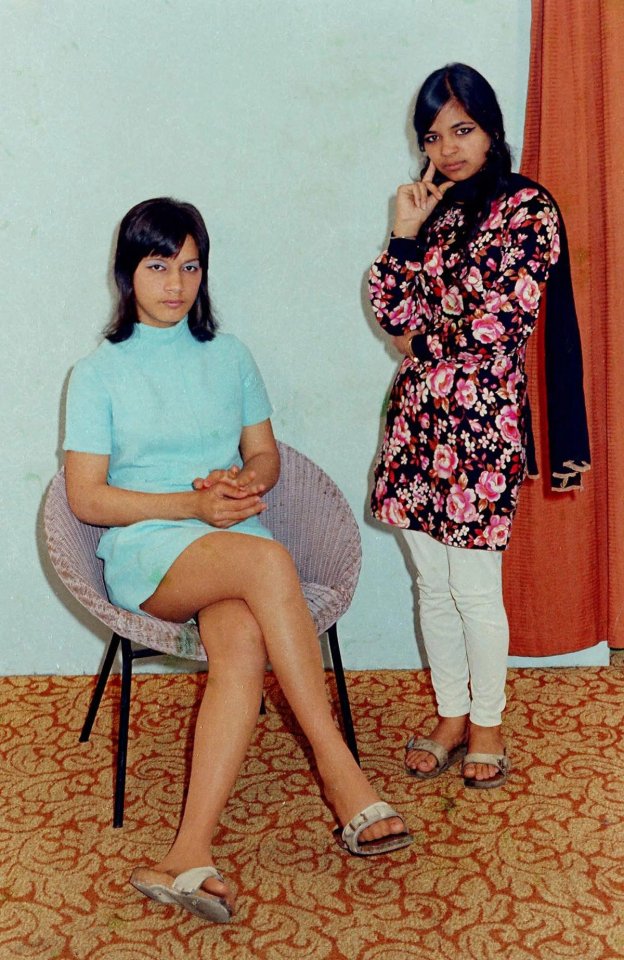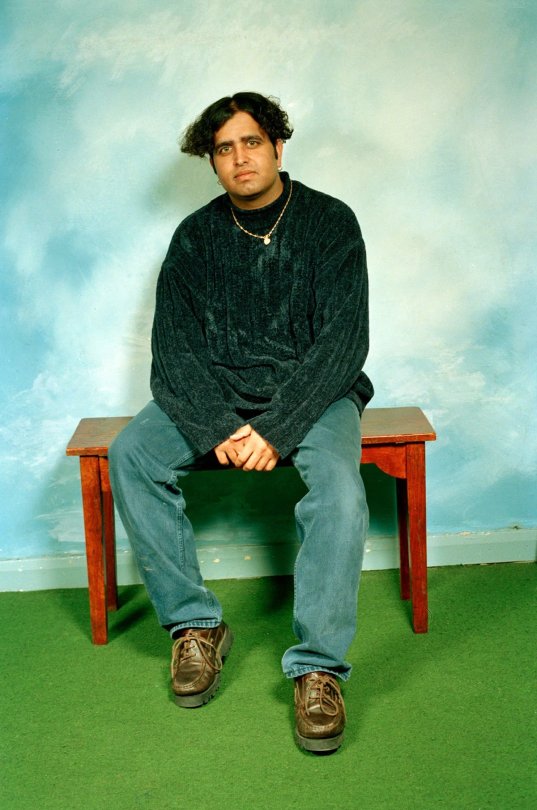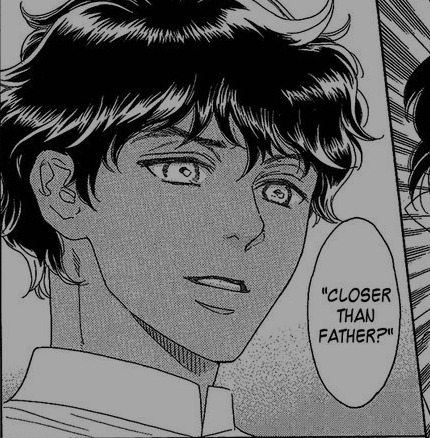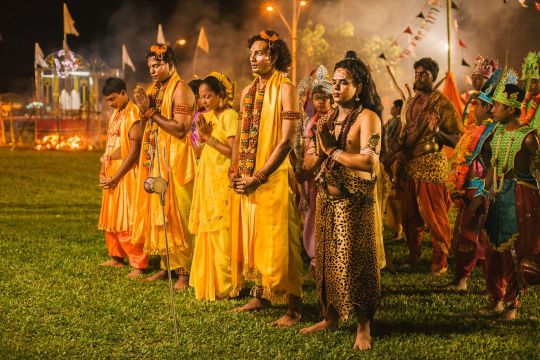#Indian diaspora
Text
Me: Oh that's so cool! My language has Caribbean dialects! I wonder how tho
*looks it up*
Slavery by any other name 🥲
#slavery#history#british colonialism#indentured servitude#india#caribbean#hindi#urdu#desi#imperialism#colonization#caribbean hindustani#suriname#trinidad and tobago#guyana#indian diaspora#caribbean history#slave labor#missing history#mauritius#indo caribbean#durban#south africa#forgotten history#fiji
7 notes
·
View notes
Text


Coventry's Indian youth. Photos taken by Masterji (Maganbhai Patel).
(Source)
38 notes
·
View notes
Photo

This is my Uncle Meighoo dressed to play mas in Trinidad Carnival -- my cousin just dropped this in the family whatsapp and it’s the first time I’ve seen it lol
Apparently his character was “The Mighty King Criminal”! Blow yuh whistle 😂
#chromatic voice#trinidad and tobago#indo-caribbean#indo-trinidadian#indian diaspora#trinidad carnival#says miss maggie
50 notes
·
View notes
Text


You see, you cannot draw lines and compartments, and refuse to budge beyond them. Sometimes you have to use your failures as stepping stones to success. You have to maintain a fine balance between hope and despair.
– A Fine Balance, Rohinton Mistry
#hope#despair#a fine balance#rohinton mistry#indian diaspora#indian literature#emergency in india#india#english literature#literature quotes#qoutes#englitmjr#classic academia#dark academia#light academia#classic literature#reading#literature#lit#poetry#dark academic aesthetic#light acadamia aesthetic#academia aesthetic#books
29 notes
·
View notes
Text
On Culture, Diaspora, and Kantara

I watched Kantara (2022) over Thanksgiving after hearing about it for weeks from my family and friends, and I haven't been able to stop thinking about it since. It's a film that is particularly meaningful to me because my mother's side of the family hails from the region it was set in, Namely, Dakshina Kannada or the old South Canara in the state of Karnataka, India. This is where where bhoota kola is still practiced to this day.
The truth was, despite this movie being set in the land of my ancestors, I could relate very little on a physical level: These were rural villagers with minimal education living in a system of near-feudalism. I am.. not. Even the language was unfamiliar. My Kannada vocabulary can get me by when it comes to day-to-day activities, and it is insufficient if I want to consume Kannada media. In addition, because the dialect (or the accent) was true to the region, it made it more difficult for me to comprehend it. Neither my mother nor grandmother speak with the accent characteristic to the area (although they can if they want to communicate with locals), and even my father, who is not from the area but still from Karnataka, had to rely on subtitles.
There was also a matter of the culture itself. The thing about the aspects of the Dakshina Kannada culture shown in this film (kambala, boota kola) is that you'd only really be exposed to it if you lived in the area, or someone took the effort to purposefully educate you. That is because it is more of a folk culture. While I can say I am familiar with another local folk art, yakshagana (a form of dance-drama), that is because I grew up with stories of my great-grandfather, a noted yakshagana artist who brought his troop to the United States to tour. In addition, the practice of bhoota kola is not quite a part of the Hindu tradition I was raised in, specifically the Kannada Madhwa Brahmin tradition. I've read that bhoota kola and the notion of daivas is likely is a tradition practiced in the region long before Hinduism arrived.
To hear my mother matter-of-factly say that kambala (Buffalo races) and cock fights and bhoota kola occurred in her coastal village was startling. I suppose the reason she never mention it before was because she never actively went to kambalas (women from "good" families didn't go to events where there were drunk men; so she only saw the processions and parades before the actual event). As for the actual practice of bhoota kola, my grandmother admitted that when she was in around sixth grade, she snuck out of her house in the night to watch the bhoota kola. The old ancestral home in Bramhavara where she grew up was large enough for no one to notice the comings and goings of one girl. At a friend's house, she witnessed the ritual dance, and at some point, an offering of a live rooster was made to the daiva. The rooster's head was promptly snapped off its body. Eventually, my grandmother grew scared, and ran back home.
Regardless of how much I related to the villagers themselves, by the end of the film, I felt like I had a deeper understanding of my own cultural roots not only because of the film itself, but because of the greater context my family members were able to provide. But I also felt a certain amount of sadness. The thing is, I don't live where these rituals are practiced. In my lifetime, I have seen the Bramhavara house demolished, and relatives move away from their ancestral villages. My own parents moved across continents. I don't have the connection to the land that I imagine my ancestors did. At best, I feel fondness and an attachment to where I grew up, but there is no holiness in that, and a part of me wonders if I am missing out on something. I know migration is a natural part of human history, and perhaps this is the truth for any member of any diaspora, but still... I can't help but wonder.
When I finished watching Kantara, I came away entertained, thoughtful, and moved in equal measure. I felt a renewal of faith in a time I sorely needed it, not only in the classical sense, but all those holy protectors tied to the land.
#Kantara#rishabh shetty#kannada film#desiblr#desi tumblr#indian diaspora#kannada#karnataka#dakshina kannada#south canara
10 notes
·
View notes
Text
every so often i realize how much racism has taken a toll on me mentally. i started reading the madame petit manga (no spoilers, im on ch 3) and the main love interest rn is an indian guy, and he's not drawn as disgusting, but as someone so handsome & desirable.
like! look at him!






he's so dreamy and hot! he looks just like me!
i just have so many feelings bubbling up. he's handsome and looks like me. i can really be seen as beautiful by others? i'm not disgusting for having brown skin? im desirable? my indian features are handsome? traditional clothing doesn't make me weird and ugly? white people have seen themselves as pretty and attractive and desirable all this time?
i've been missing this, i never knew i could be pretty & desired. i know there are many people who have told me im hot and have flirted with me. but it's different here. i havent fully realized im wanted & hot till seeing it reflected back at me.
#madame petit#racism#desi#indian diaspora#the western stereotypes & views on indian men specifically are really vile#especially the ones that portray us all as creeps and rapists which also gets us labeled as ugly & gross bc looks = morals for some reason#so this is really really really great for me#@white ppl dont come at me saying shit like white disabled people or white trans people dont get to see themselves as beatiful in media.#yes you do.#im physically disabled & trans and have never seen a desired disabled or trans indian guy in media let alone one seen attractively#id never seen an indian guy period seen attractively until today in non-indian media#do you know what thats like? for you to only see anyone who looks like you seen as an ugly creepy rapist in media?#this stems much deeper than ableist and transphobic self-image issues#mine
19 notes
·
View notes
Text
#kuch kuch hota hai#johnny lever#dulhe raja#dilwale#khabi khushie kabhie gham#raymond ramnarine#soca#indian#caribbean#indo caribbean#indian diaspora#mmb
4 notes
·
View notes
Text
this is a weird entry, but i think Mon Mothma and her daughter Leida are the best metaphor for the indian mainland vs diaspora children divide. for this metaphor to work, i'll be simplifying quite a bit and i know that all people are not like this.
Mainlanders tend to be a lot like Mon Mothma. there's an awareness for the horrors committed by the culture, all the unsavory aspects are alive and well. while the good of the culture is present, it's shadowed by the knowledge that real human abuses are being perpetrated. your understanding of culture is a lot more balanced, and people who chose to support it mostly do so from a reformist point of view.
diaspora children act a lot like Mon Mothma's daughter. diaspora tend to be isolated and mocked for their beliefs, and just generally are isolated from the culture. the loneliness that comes from that causes people to double down on their beliefs, and cling to everything. the bad is brushed aside as you fight against the pressure to assimilate to the dominant hegemony. as a result, diaspora do often have more conservative points of view about the native culture.
and thus, the clash is born.
#desiblr#desi#desi tumblr#hindublr#hinduism#desi culture#diaspora#indian diaspora#casteism#also for a lot of diaspora youth#we're not taught about caste so most speak from a point of ignorance#if you refuse to be educated than that's on you but a lot of insensitive diaspora kids learn from their parents who think#caste discrimination doesn't exist#or at least that it doesn't exist in the cities#i realize my experiences are not universal but i do think this situation is pretty common#caste discrimination
5 notes
·
View notes
Text
Humza Yousaf: Scotland gets a Muslim leader in a moment of extraordinary change for British politics
Parveen Akhtar, Aston University and Timothy Peace, University of Glasgow
Humza Yousaf’s appointment as first minister of Scotland is a historic moment for the UK. It means that, for the first time in history, the country has a Hindu prime minister in Westminster (Rishi Sunak) and a Muslim first minister in Scotland.
In his victory speech, Yousaf said:
We should all take pride in the fact that…

View On WordPress
#First muslim leader in the UK#Indian diaspora#Muslim leader#Scotland#Scottish Government#Scottish National Party#Scottish parliament#Scottish politics#SNP#UK ethnic minorities#UK politics
3 notes
·
View notes
Text

#been reading beloved and having vague heritage-y feelings lately#that and ive been spending way too much time at the national gallery#painting#oilpainting#art#artists on tumblr#women artists#painters#traditional art#indian diaspora#portrait#portrait painting
3 notes
·
View notes
Photo

Diwali in Trinidad, 2012 by Roger Seepersad
#Diwali#Trinidad#Trinidad and Tobago#Caribbean#Indo Trini#Indian Diaspora#Hindu#Hinduism#Religion#2012#2010s#Roger Seepersad#Indo Trinidadian#culture#West Indies#West Indian
5 notes
·
View notes
Text

Before my father died, he read an autobiography by another Trinidadian man in his peer group about what life was like on the sugar cane estates. My dad lived in the labourer barracks on Golconda Estate with his grandparents when he was little, so he was very disparaging of this other man’s account and started noting down his own experiences out of spite XD
We found a bunch of his notes after he passed, all in his draftsman’s block capitals (a little shaky in his 80s) and I’ve been very slowly going through them. Sometimes it’s hard to conceive of the change that my dad saw in his lifetime. The indentured East Indian workers arriving in the Caribbean seem so long ago to me, but he still saw the direct legacy of all that shit.
[ TRANSCRIPT ]
DUTIES:
1) The Gen. Manager (white English) was the head of the estate & reported to a head manager delegated by [to] owners (”Tate & Lyle”) of England.
2) The overseers also white were mostly bachelors sharing a multi-room bungalow. They dressed in [kakhi] short sleeved shirt, khaki short pants, khaki tall socks, boots & khaki cork hats & supervise all top personnel.
He used to talk about seeing those overseers ride up and down the estate roads on horses, in their cork hats, with whips. In another section of his notes he remarks that all the white English had servants, too.
“In 1937 Kielberg sold his Liverpool sugar refinery to Tate & Lyle and in return was invited to become a co-investor in the company’s new West Indies raw sugar venture.“ <--- this is all that the Tate & Lyle website has to say about its history of exploitation in the canefields. We were nothing more than the living machinery of its venture.
#chromatic voice#west indies#trinidad and tobago#sugar plantations#colonialism#indentured servitude#commonwealth#witness testimony#indian diaspora#indo-caribbean#blood sugar#says miss maggie
40 notes
·
View notes
Text
#indo caribbean#indo guyanese#guyana#attire#indian diaspora#asian diaspora#orhni#achara#anchal#churiya#bera#kara#orhaying#penn museum#watson kinter#the cutlass magazine
4 notes
·
View notes
Text


Please always remember, the secret of survival is to embrace change, and to adapt. To quote: "All things fall and are built again, and those that build them again are gay."
– A Fine Balance, Rohinton Mistry
#a fine balance#rohinton mistry#indian literature#indian diaspora#english literature#literature quotes#quotesandphrases#englitmjr#academia#academia aesthetic#dark academia#light academia#classic academia#classic literature#reading#literature#lit#poetry#dark academic aesthetic#light acadamia aesthetic#emergency in india#india
4 notes
·
View notes
Text
The Sunday Afternoon Oil Massage
We have a lot of rituals where I’m from,
but perhaps none like the Sunday afternoon oil massage
[following the Sunday morning cleaning*
*with the voices of Late and Mukesh in the background]
a mango tree’s roots go deep into the earth
and come out on the other side of the world
in my grandmother’s garden
bearing the same juicy fruit
that dripped from my grandfather’s lips
as he spat out the seeds
back into the soil, wet from the monsoon
the smell of home wrapped with coconut oil
into the nape of my mother’s neck
tied into a knot of a wet cotton towel
with black tresses flowing like a fountain
4 notes
·
View notes